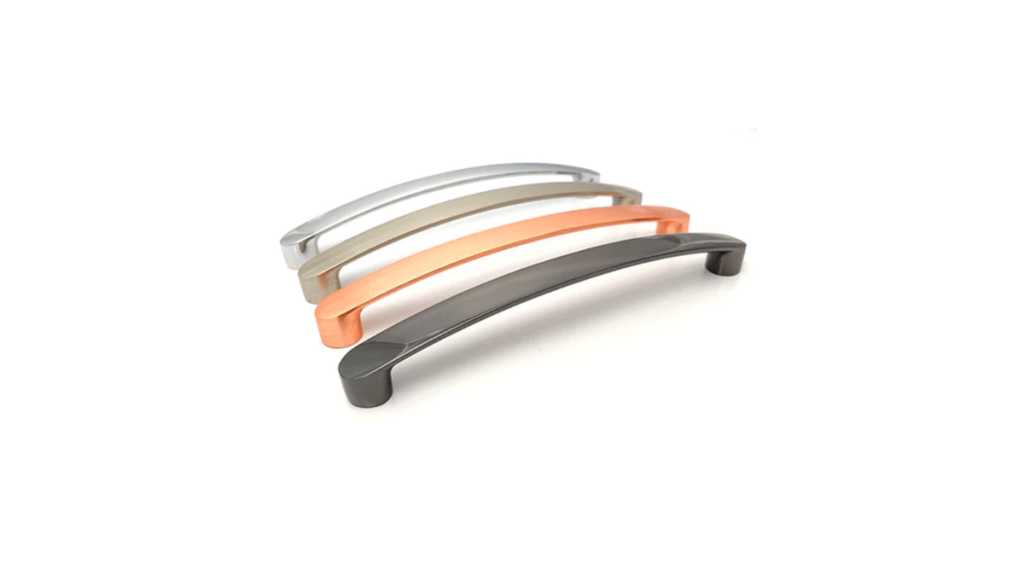The importance of handles on various products and tools cannot be overstated. Handles are an essential component that adds functionality, style, and versatility to any product. Moreover, they possess the ability to enhance the aesthetics and flexibility of numerous items and commodities. This piece delves into the various dimensions of handles and their importance in home decor.
Handles: Small but Mighty Features
Handles are essential components in everyday life, providing functionality, style, and versatility. They make tasks easier by providing leverage and grip, making daily routines more efficient. They also offer style and personal expression, with various designs to suit any aesthetic preference.
Functionality Meets Aesthetics with Handles
Handles are essential components of products, offering functionality and aesthetics. They provide a comfortable grip and ease of use, making objects functional and user-friendly. Handles have evolved from practical features to design elements, with designers incorporating unique shapes, materials, and finishes to create visually stunning pieces. They are versatile; they are used in furniture, appliances, and even on furniture for mobility and convenience. The fusion of functionality and aesthetics in handle design demonstrates how seemingly small details impact everyday items’ usability and visual appeal.
Versatile Uses of Handles
Handles have evolved from simple tools to versatile components that enhance functionality and style in various industries and everyday life situations. They are essential in kitchenware, transportation, and interior design, providing a secure grip and aesthetic appeal. Handles are crucial for providing precise control and manoeuvrability. In addition, they can be stylish and add an elegant touch to any room, making them indispensable in many aspects of our lives.
Handle Placement: Key Considerations
Proper handle placement ensures a comfortable and effortless grip on an object. It should consider hand size, ergonomics, and style to maximise impact. The placement should harmonise with the item’s design, contributing to its overall aesthetic appeal. Flexibility is also important, with handles requiring different positioning depending on the object’s intended purpose and usage scenarios. Improper handle positioning can cause discomfort and hinder efficiency. By balancing aesthetics and functionality, designers can create products that blend form and function seamlessly, providing a superior user experience.
Elevate Your Design with Handles
Handles are a subtle yet impactful design feature that can elevate the appearance and practicality of products or areas. They offer convenience by simplifying access and securing doors or drawers, elevating any space’s overall look and feel. Handles come in various shapes, sizes, and materials, showcasing timeless elegance or contemporary style. They can be tailored to blend seamlessly with existing surroundings, achieving an integrated and refined appearance. Handles are versatile pieces perfect for adding style to furniture, cabinetry, and innovative projects. Their dual functionality as both practical and ornamental components highlights their adaptability.
Conclusion
Handles are essential for improving appliance usability, providing a convenient grip, and enhancing the overall appearance of a room. They can be changed to fit what someone likes. You can pick the handle you prefer in various materials, finishes, shapes, and sizes. They serve as functional and decorative highlights, bringing character and charm to a room. Premium materials like metal or wood ensure long-lasting functionality, while substandard materials may cause premature wear. By understanding handles’ features, designs, and adaptability, individuals can choose one wisely for furniture and interior design, blending functionality and aesthetics in a living space.




